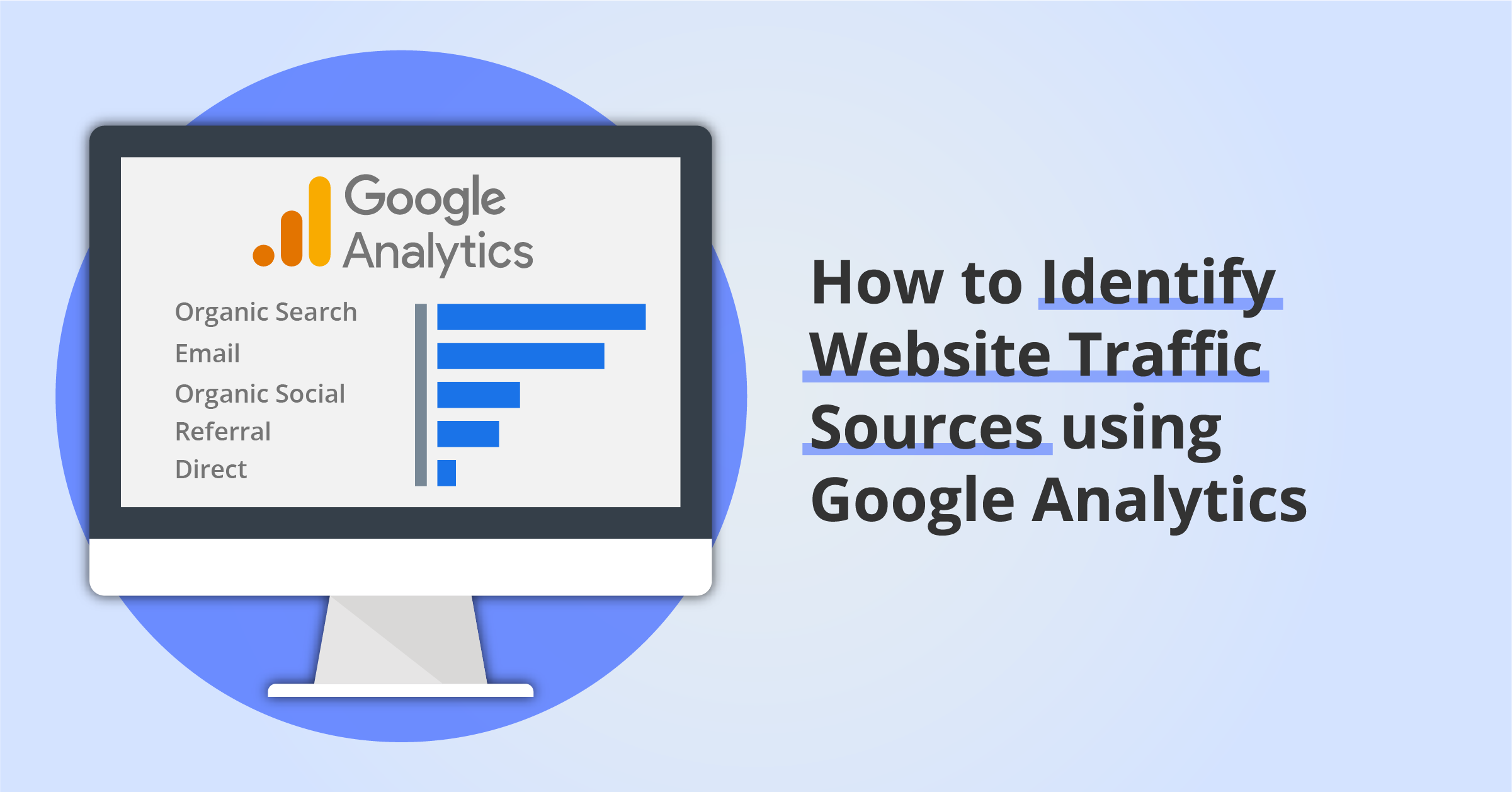Leveraging Secondary Dimension in Google Analytics to Deepen Comprehending of Customer Behavior and Interaction
Utilizing Google Analytics' second dimensions uses a nuanced method to recognizing individual behavior and involvement beyond surface-level metrics. This much deeper dive right into individual actions not only improves marketing approaches however additionally holds the essential to maximizing website efficiency and enhancing total user experience.
Recognizing User Actions With Additional Measurements
How can additional measurements in Google Analytics provide useful understandings into individual actions patterns? Secondary dimensions in Google Analytics supply a much deeper level of evaluation by giving additional context to key information points. By layering additional measurements onto primary dimensions such as web traffic resources or touchdown web pages, marketing experts can uncover important understandings right into user behavior patterns. By examining bounce prices in combination with additional dimensions like tool group or place, organizations can identify specific sectors of individuals who may be experiencing problems with site functionality or content relevance. This much deeper level of understanding permits more targeted optimization efforts to enhance individual experience and interaction.
Additionally, second dimensions can help marketing experts determine connections in between various data factors, leading to the exploration of covert patterns or fads in individual actions (what is a secondary dimension in google analytics). By segmenting data using additional dimensions such as demographics or habits, services can tailor their advertising and marketing strategies to better fulfill the needs and choices of certain customer groups. On the whole, leveraging secondary dimensions in Google Analytics improves the depth of analysis and makes it possible for extra enlightened decision-making based on an extensive understanding of user actions
Analyzing Involvement Metrics Successfully
Building on the understandings acquired from making use of second measurements in Google Analytics to comprehend customer behavior patterns, efficiently assessing engagement metrics is vital for maximizing marketing techniques and boosting user experience. Engagement metrics supply beneficial information on how users communicate with a web site or application, indicating the level of rate of interest and participation they have with the material. By diving right into metrics such as bounce price, ordinary session period, web pages per session, and conversion prices, marketers can assess the effectiveness of their digital efforts and make data-driven decisions to drive interaction. Comprehending which features or pages attract and retain users, as well as identifying potential factors of rubbing in the customer trip, allows services to customize their techniques for improved involvement and conversion. Evaluating interaction metrics over time allows for the tracking of patterns and the analysis of the effect of optimizations or adjustments made to the electronic properties. Basically, a deep study interaction metrics empowers marketing professionals to fine-tune their approach, boost user contentment, and ultimately drive service growth.

Uncovering Insights for Marketing Techniques
By delving into Google Analytics data via secondary measurements, marketing experts can draw out useful details that can significantly impact their advertising techniques. go to website By analyzing which networks are bringing in the most engaged customers or producing the highest possible conversion rates, marketing professionals can allot their sources a lot more efficiently to maximize ROI.
Additionally, discovering understandings on individual habits patterns, such as one of the most preferred touchdown web pages or the regular user flow through the site, can offer important advice for maximizing web site web content and customer experience. Recognizing how customers connect with the internet site can aid marketers tailor their messaging and calls-to-action better, ultimately leading to boosted involvement and conversion prices. Basically, leveraging secondary measurements in Google Analytics can use a riches of actionable insights that can drive even more successful and informed advertising and marketing approaches.
Maximizing Web Site Performance Through Information
Enhancing web site performance via data-driven optimization approaches is an important element of maintaining an affordable on-line visibility and meeting customer expectations. By leveraging information from devices like Google Analytics, site proprietors can determine areas of renovation to improve user experience and drive far better results. One crucial aspect of optimizing website performance is analyzing page lots times. Slow-loading web pages can bring about high bounce rates and negative user experiences. Data insights can identify the particular components triggering hold-ups, enabling targeted optimizations to quicken lots times.
Additionally, data can disclose which content resonates most with users, educating web content technique choices to improve engagement. Recognizing customer habits patterns, such as navigating paths and communications, can lead the optimization of site layout and conversion funnels. Data-driven A/B testing can assist establish one of the most reliable layout and web content variants to optimize conversions.
Enhancing Customer Communications and Outcomes

Via the evaluation of additional measurements such as top article demographics, habits circulation, or website traffic sources, site owners can acquire a detailed understanding of their target market. what is a secondary dimension in google analytics. This understanding enables the application of individualized approaches to provide to different individual segments, leading to increased involvement and conversion prices

Final Thought
In final thought, leveraging second dimensions in Google Analytics supplies a much deeper understanding of customer habits and involvement. By evaluating data properly, revealing insights, maximizing website efficiency, and enhancing customer communications, businesses can make enlightened choices to improve their advertising and marketing strategies and total outcomes. Utilizing this tool enables for an extensive sight of user useful link activities, causing much more targeted and successful electronic marketing campaigns.
Structure on the understandings acquired from utilizing secondary measurements in Google Analytics to comprehend user behavior patterns, properly examining interaction metrics is important for optimizing advertising techniques and enhancing customer experience.Moreover, uncovering understandings on individual behavior patterns, such as the most preferred landing web pages or the normal user circulation with the internet site, can supply valuable advice for enhancing website web content and user experience. By concentrating on improving customer interactions, internet site owners can significantly enhance interaction, conversion prices, and general individual satisfaction. These measurements give deeper understandings right into individual habits, choices, and activities on the website, enabling a much more targeted strategy to optimizing user experience.
By optimizing these touchpoints, website proprietors can enhance the user experience, resulting in enhanced outcomes and greater levels of individual satisfaction.